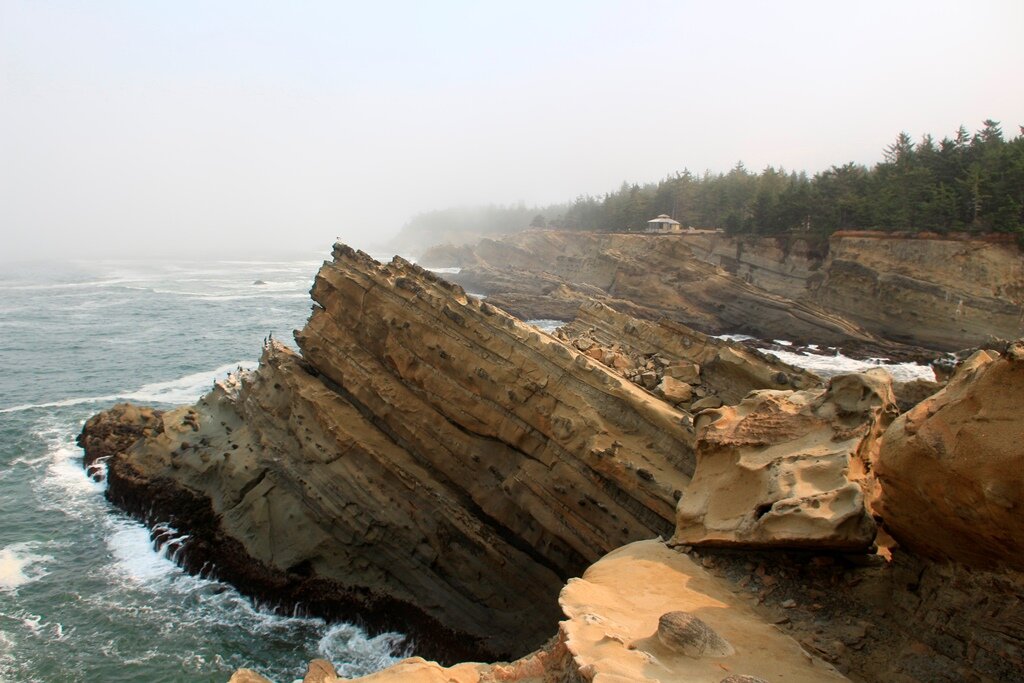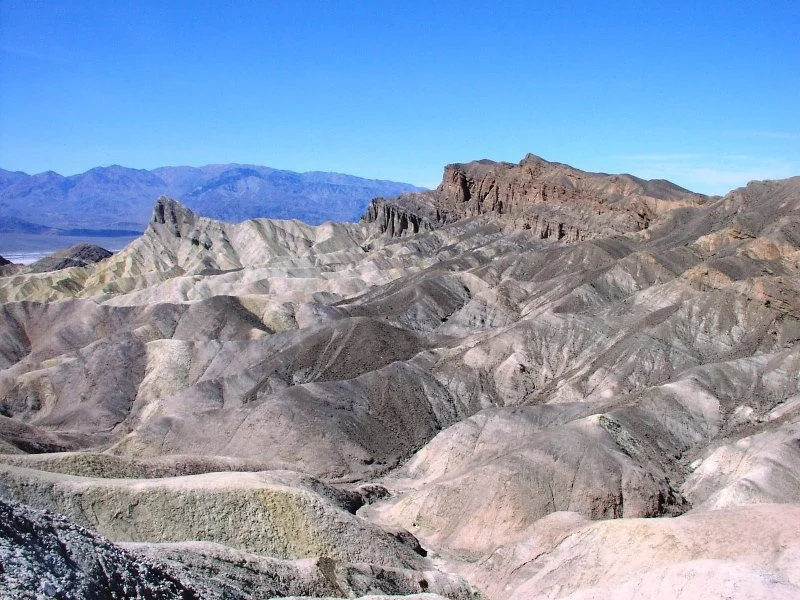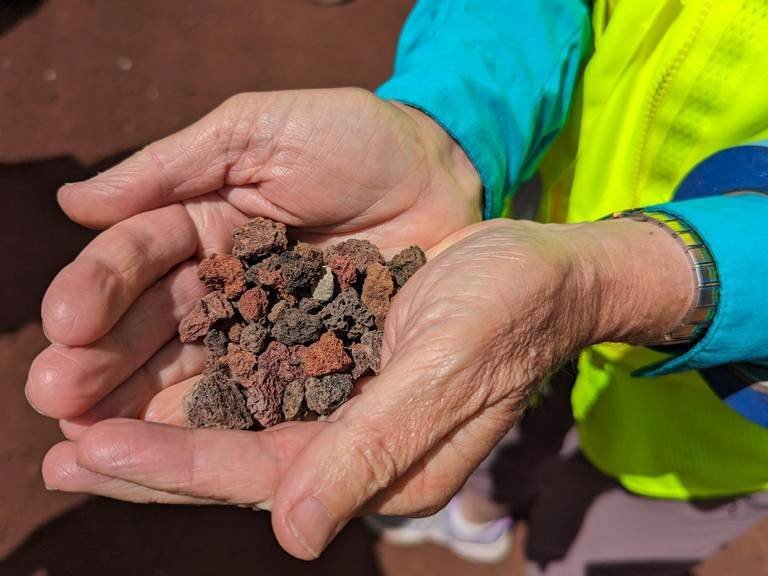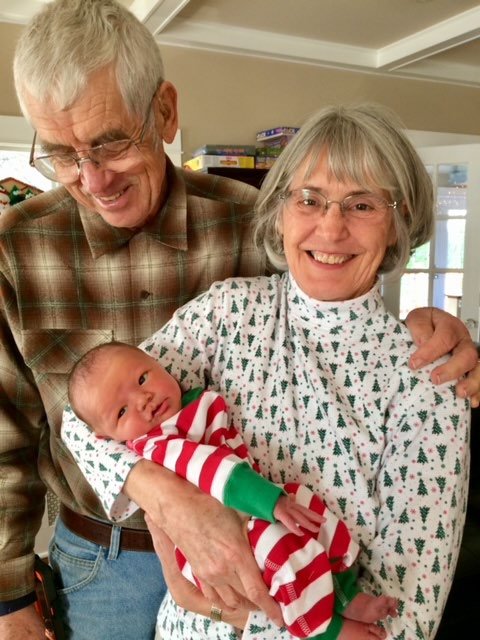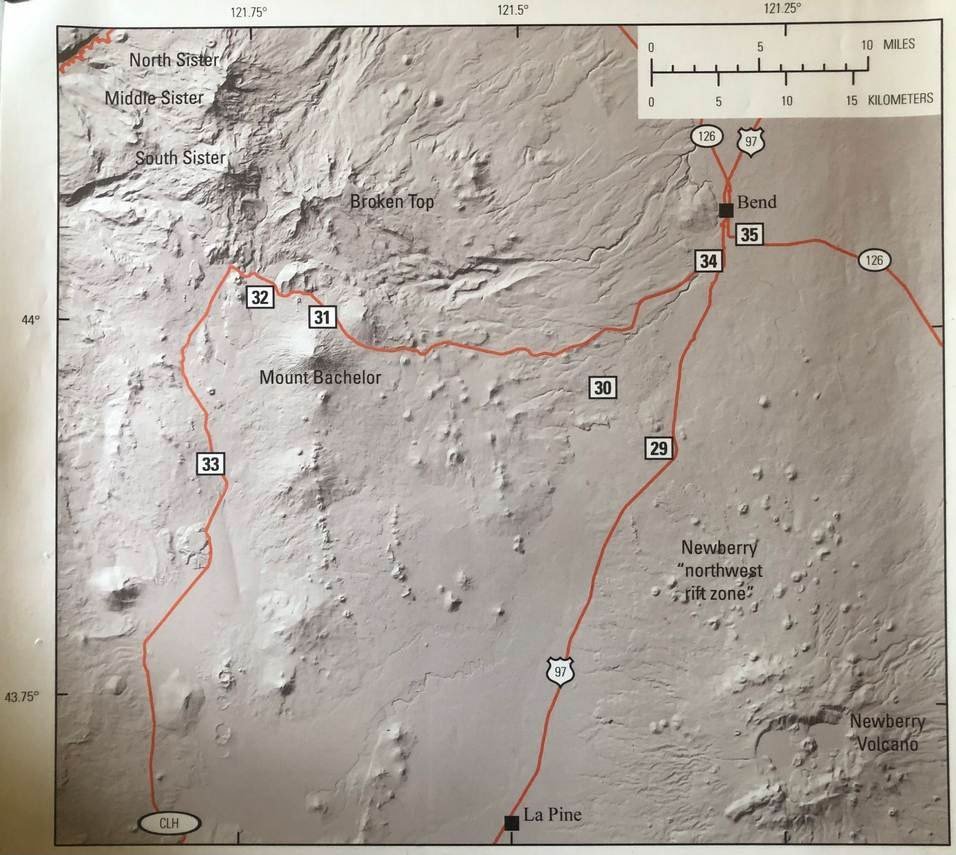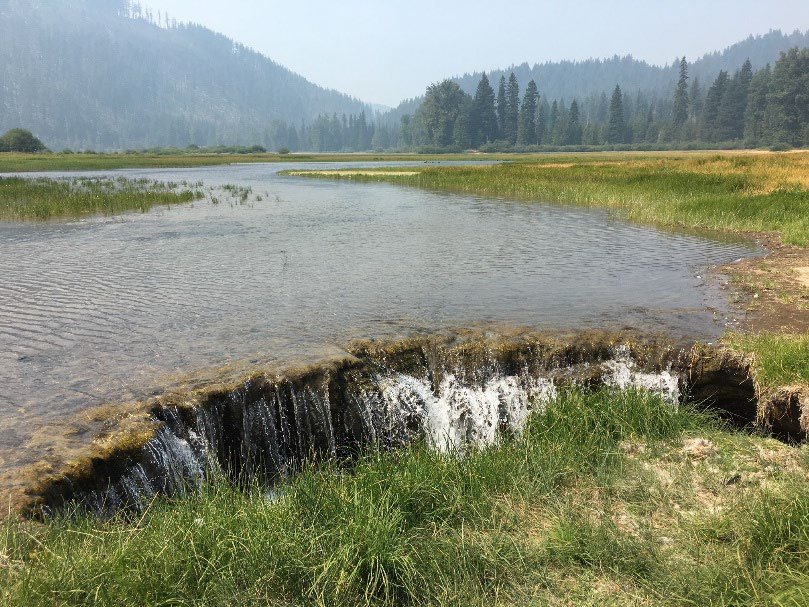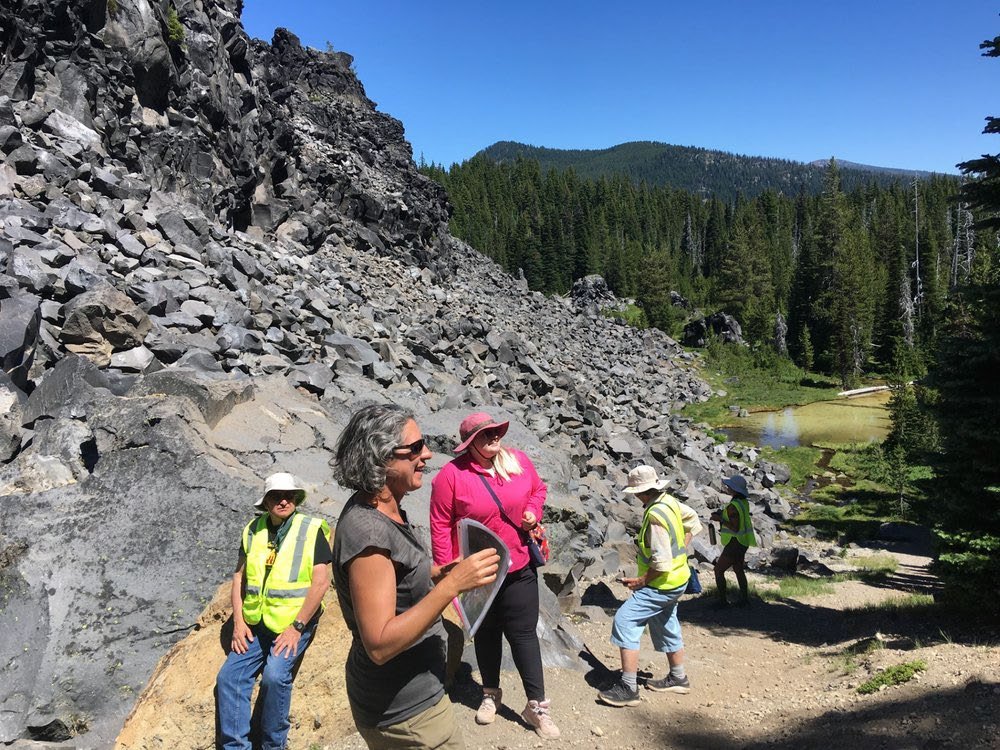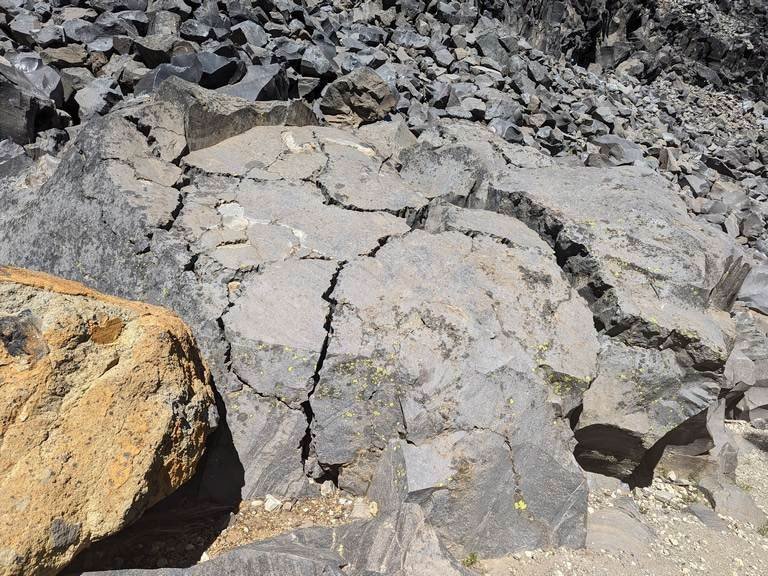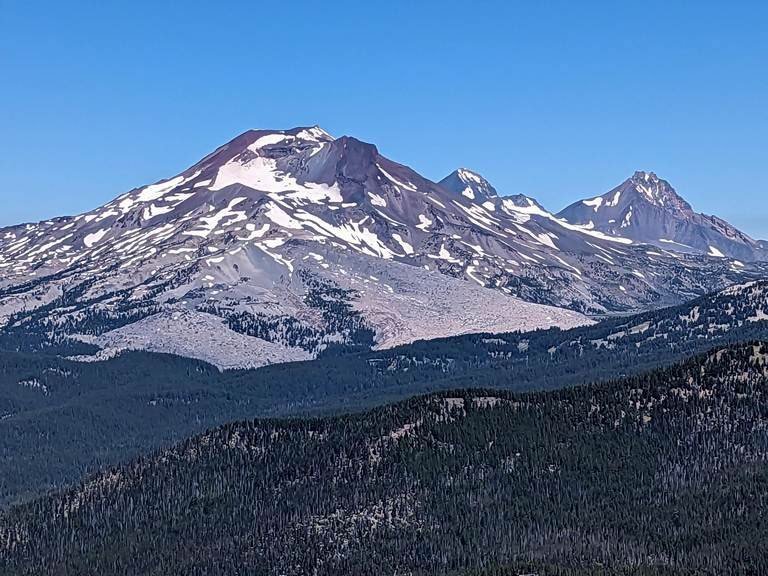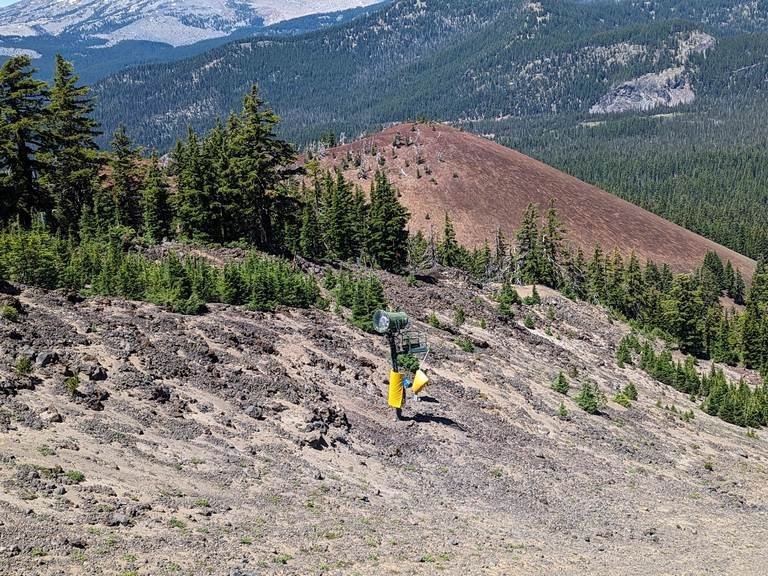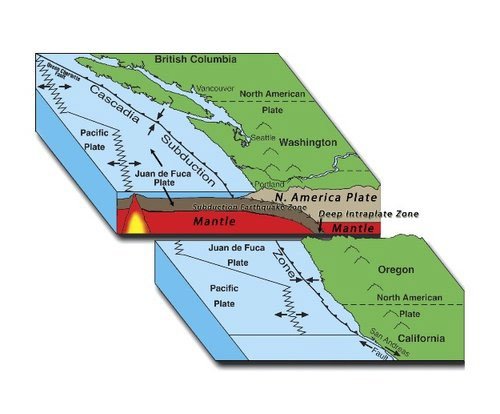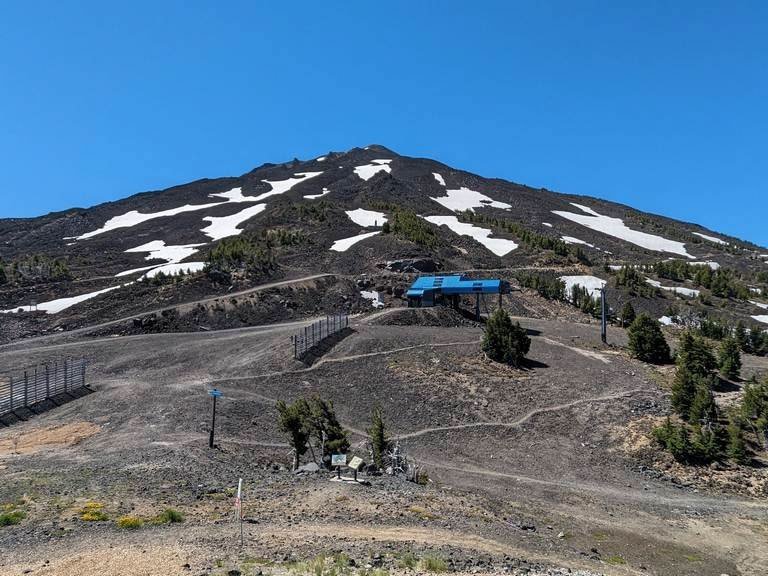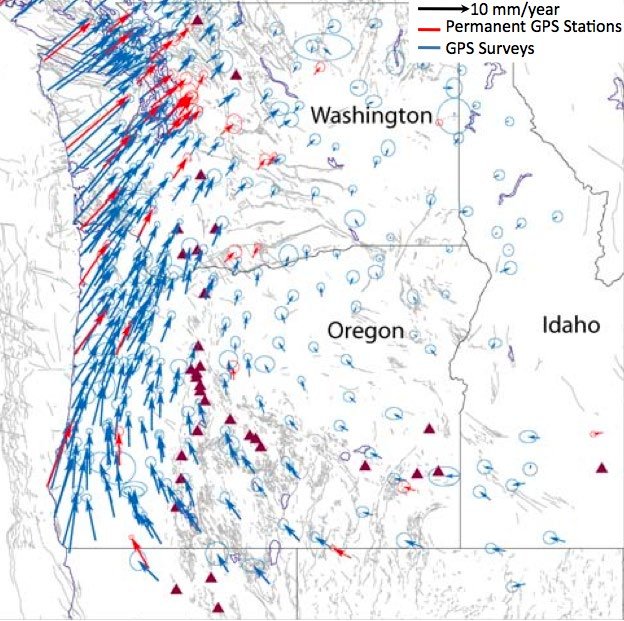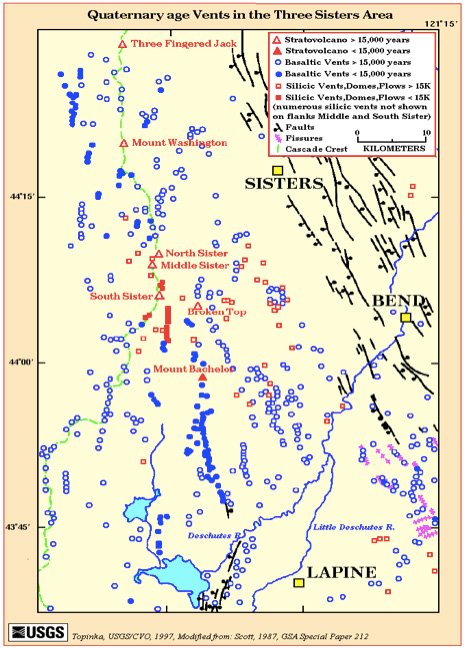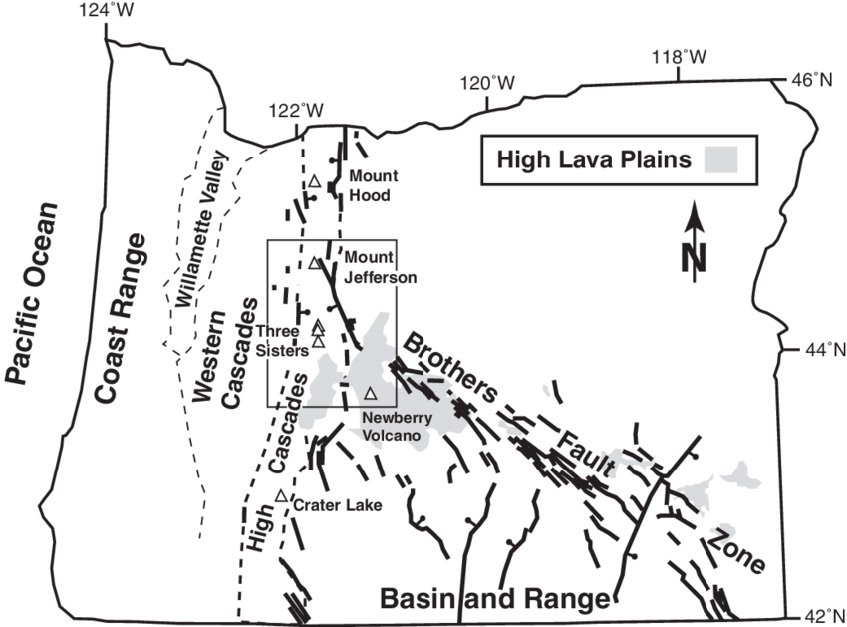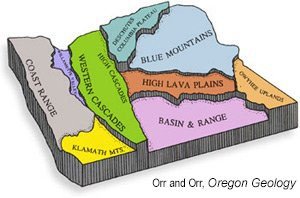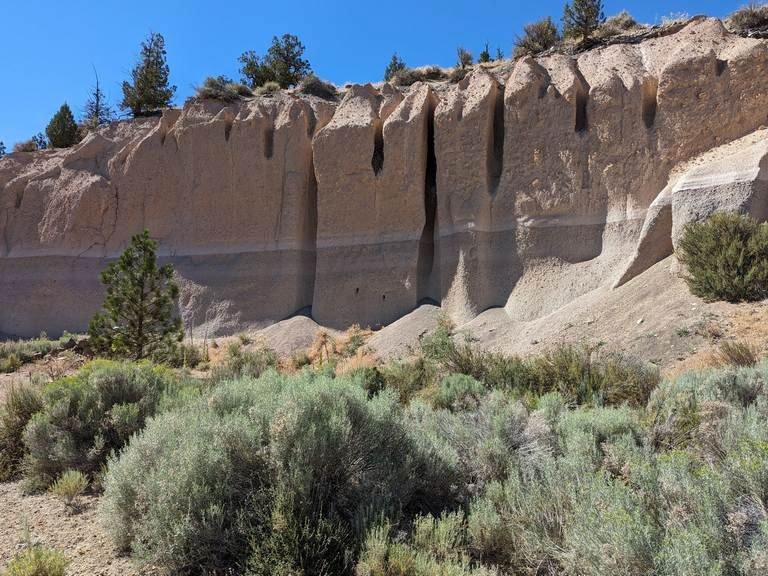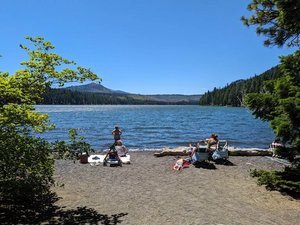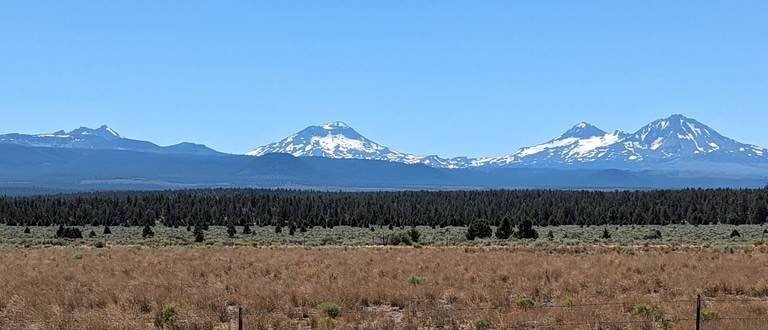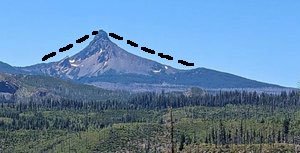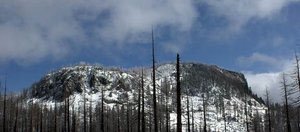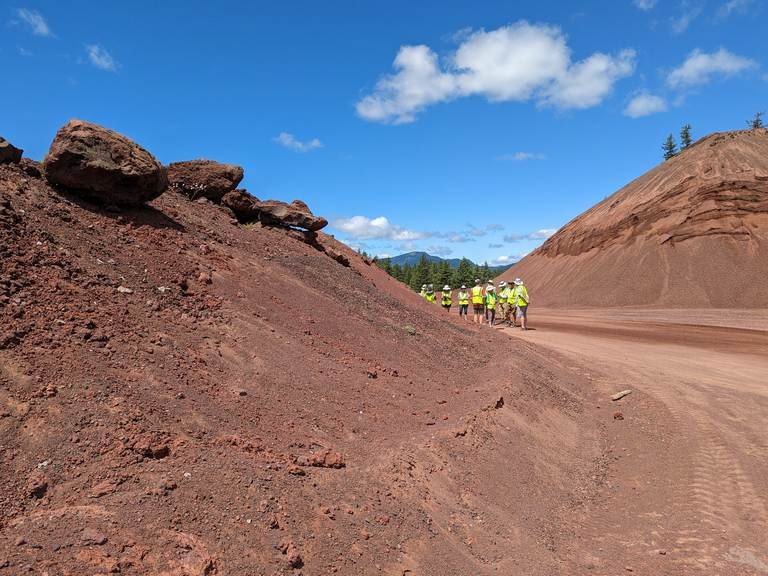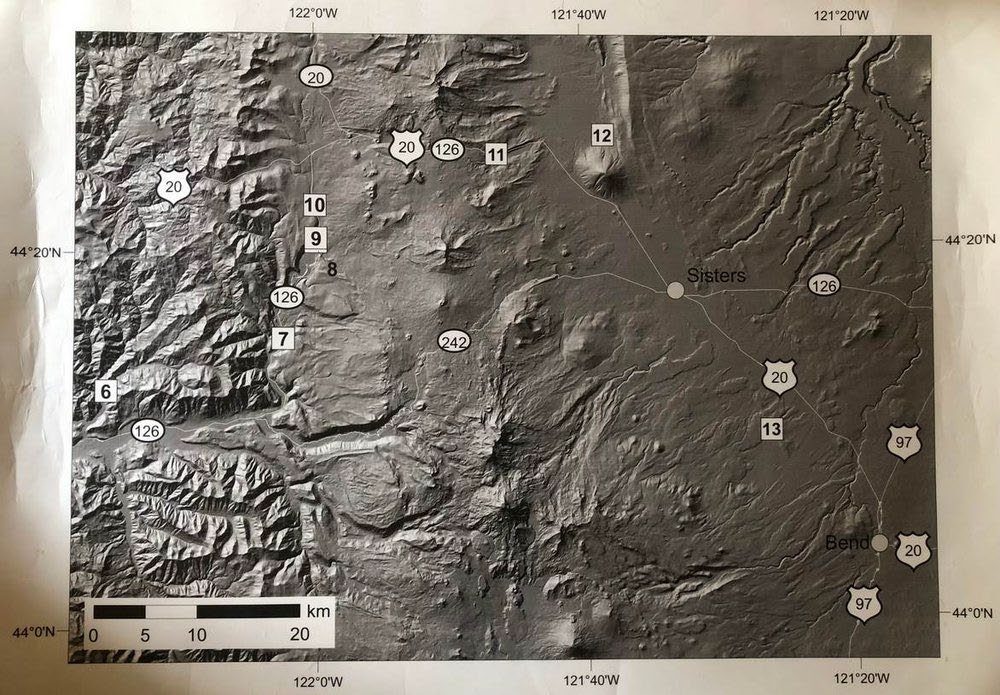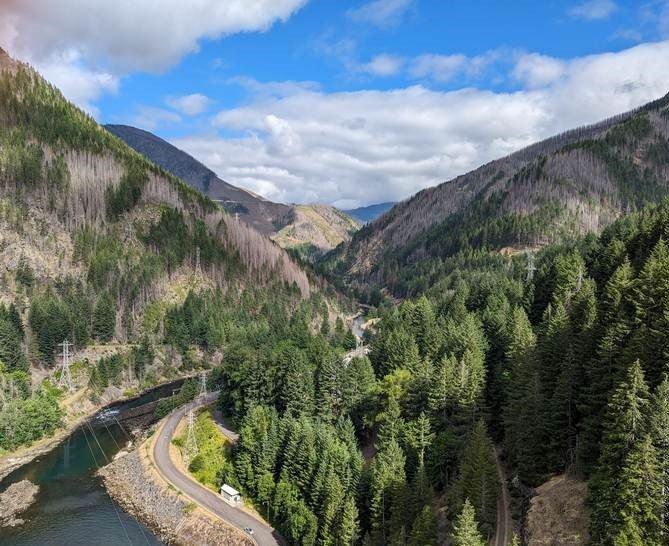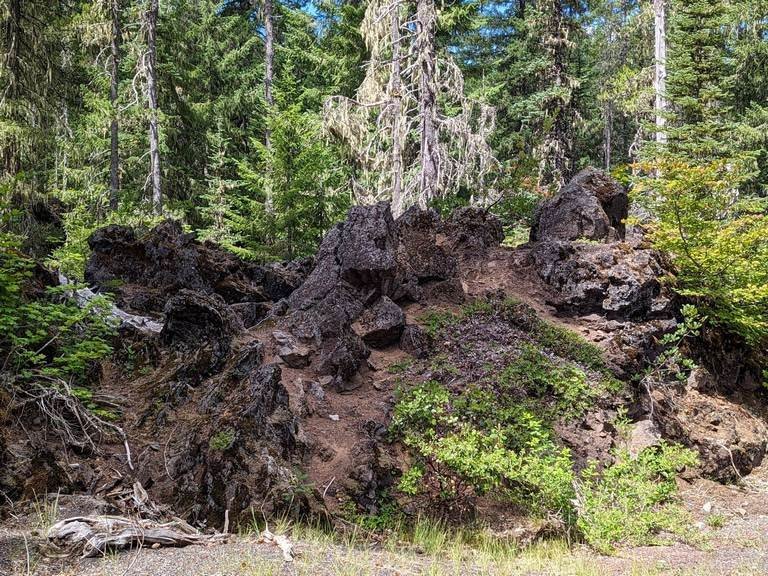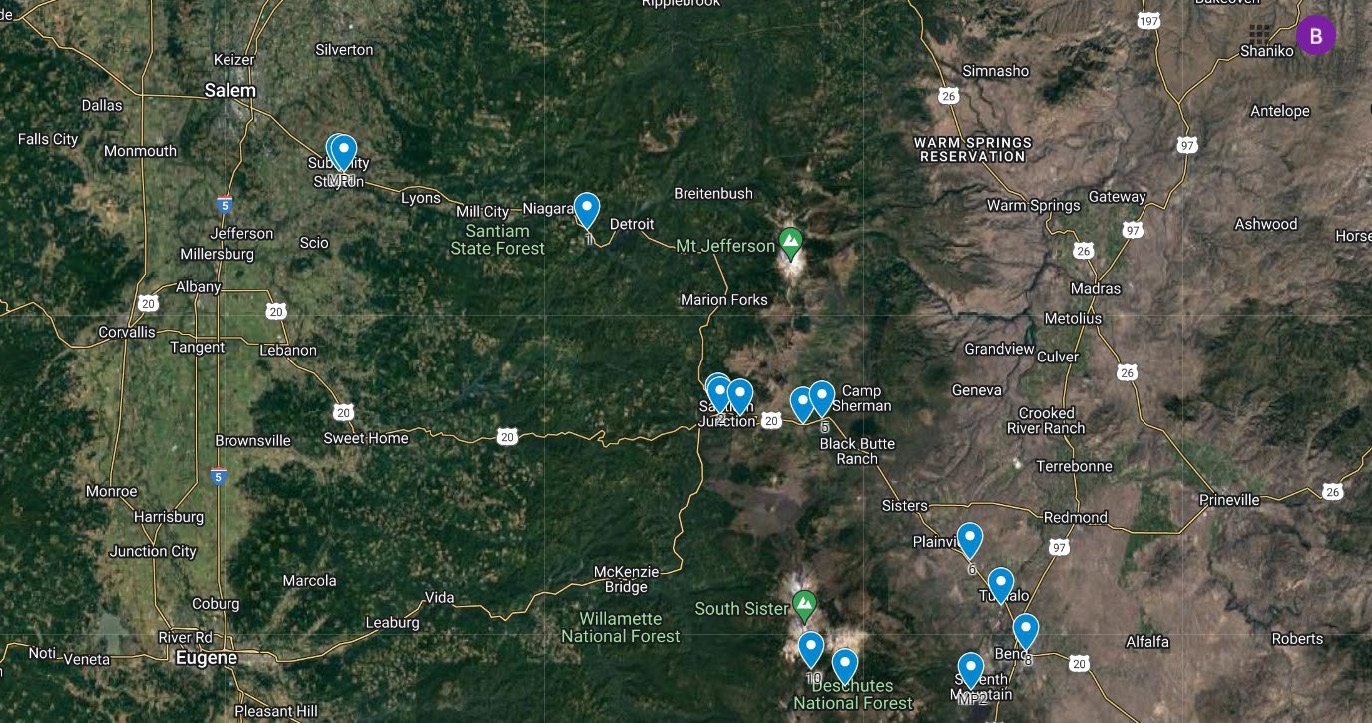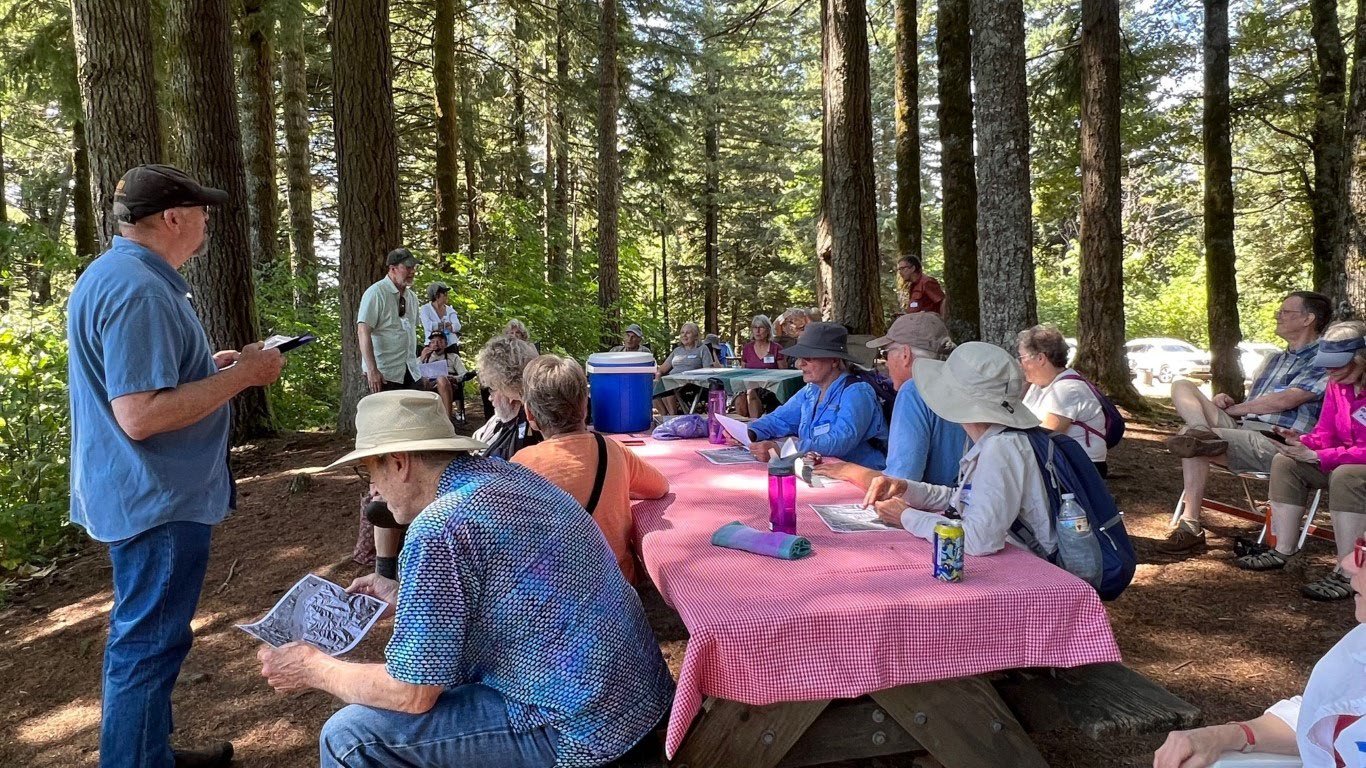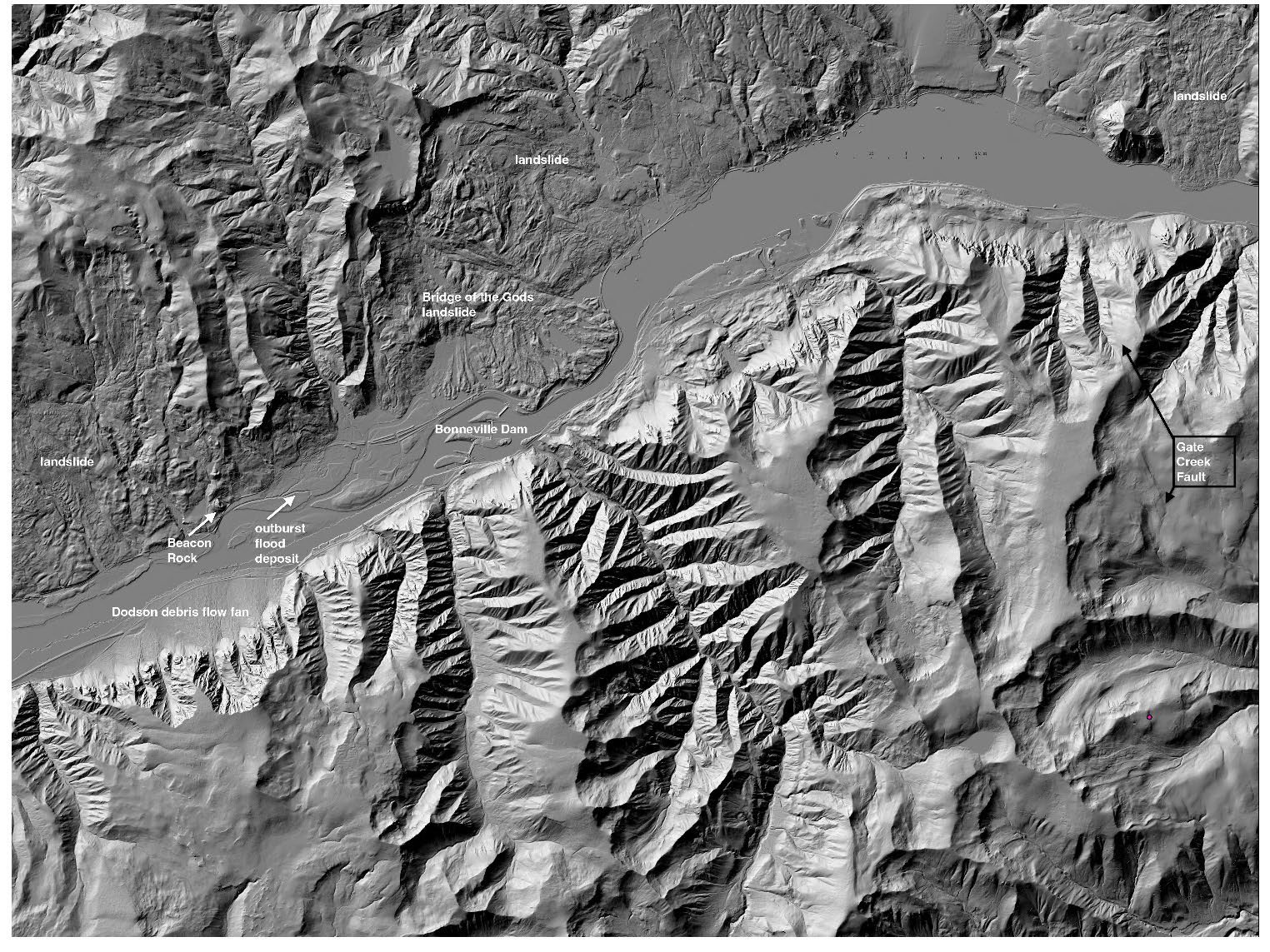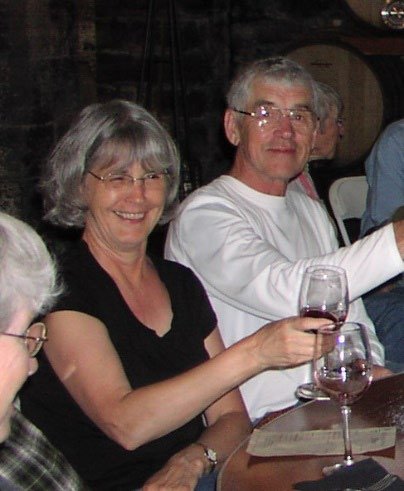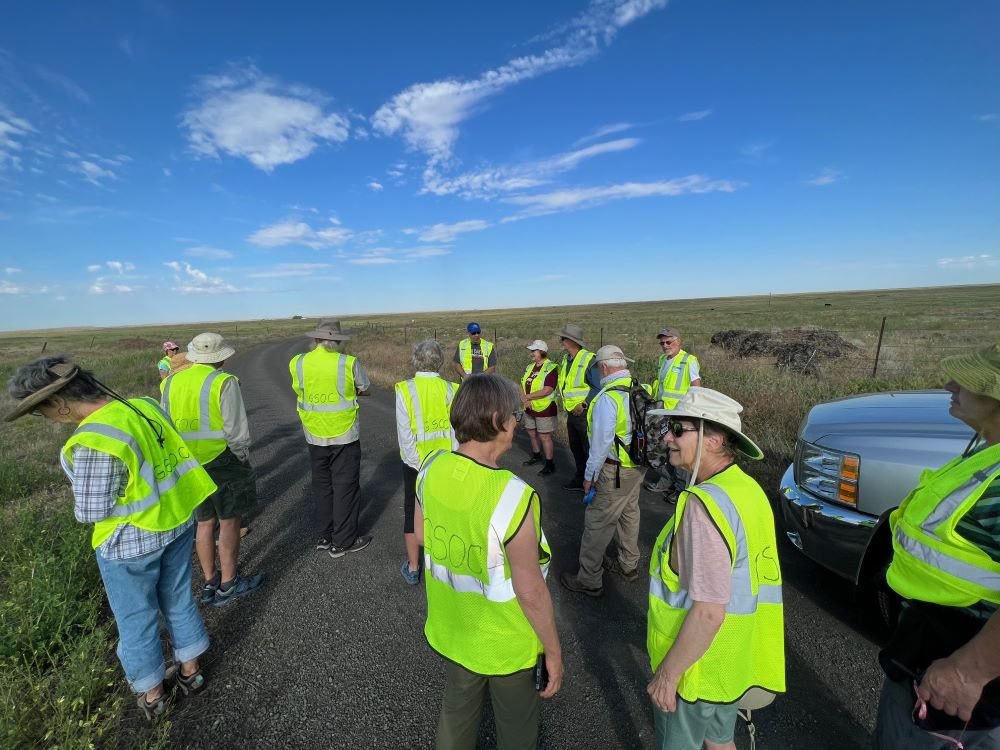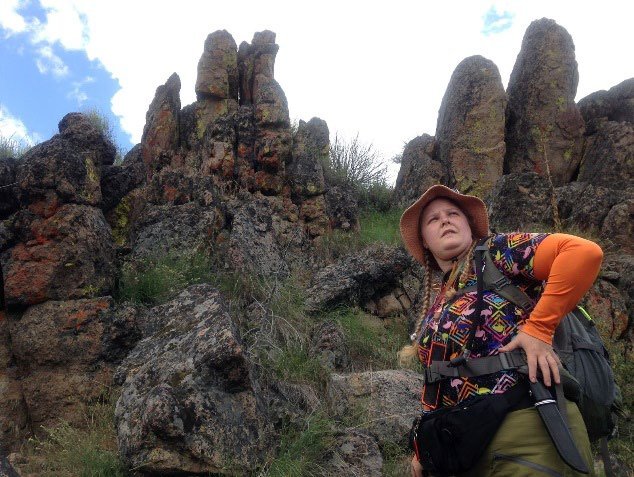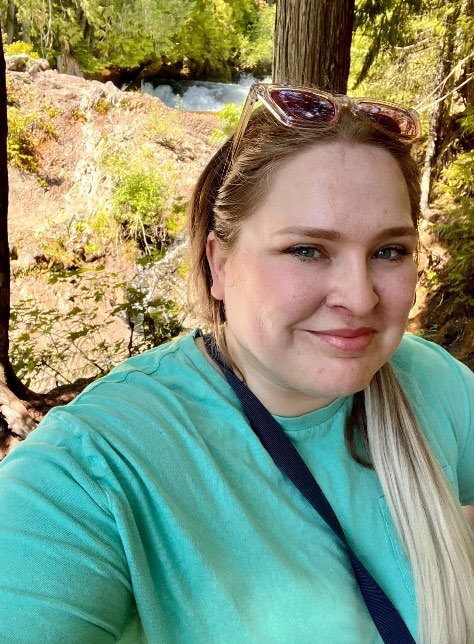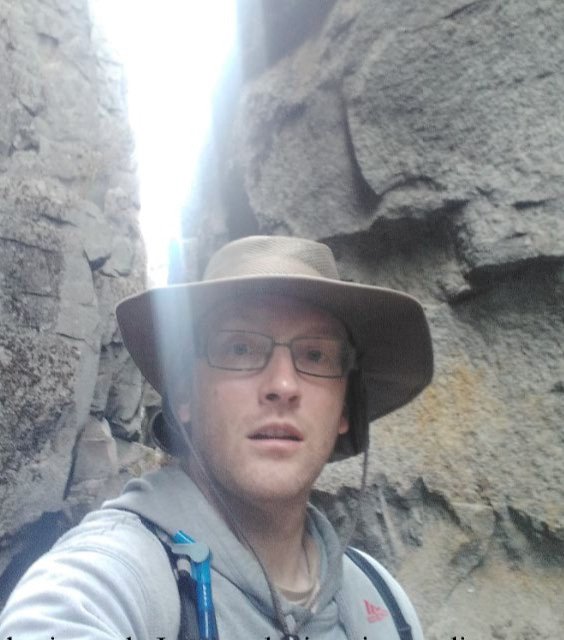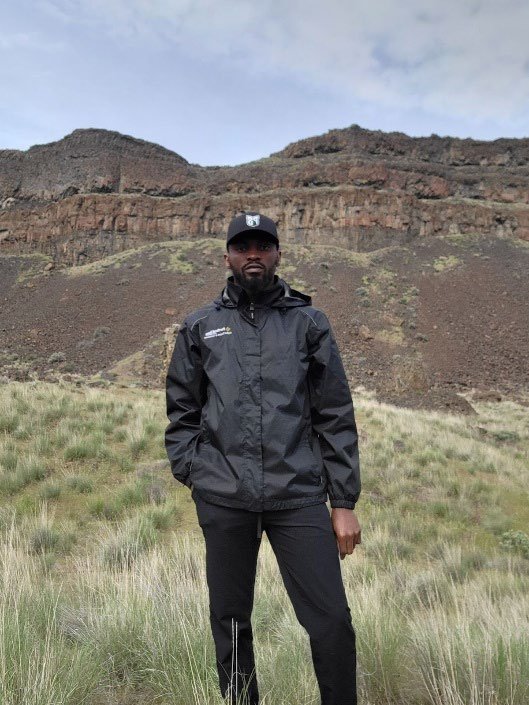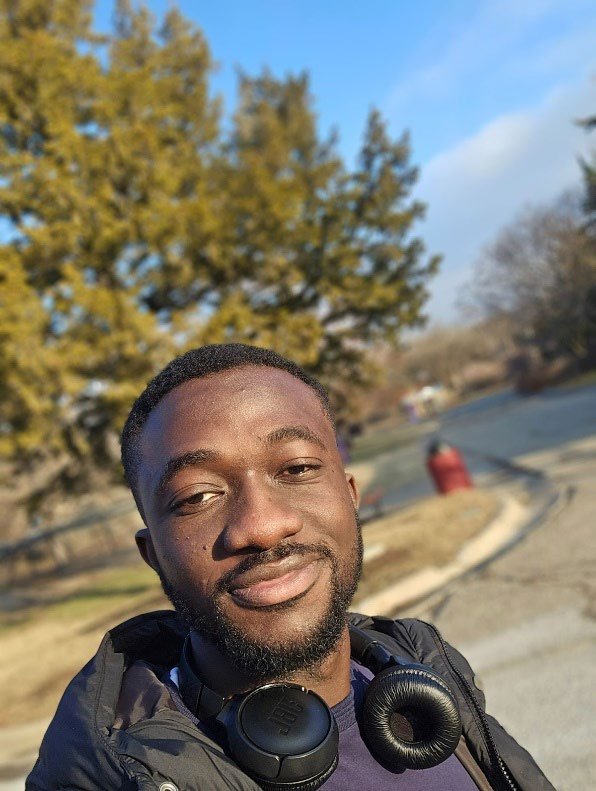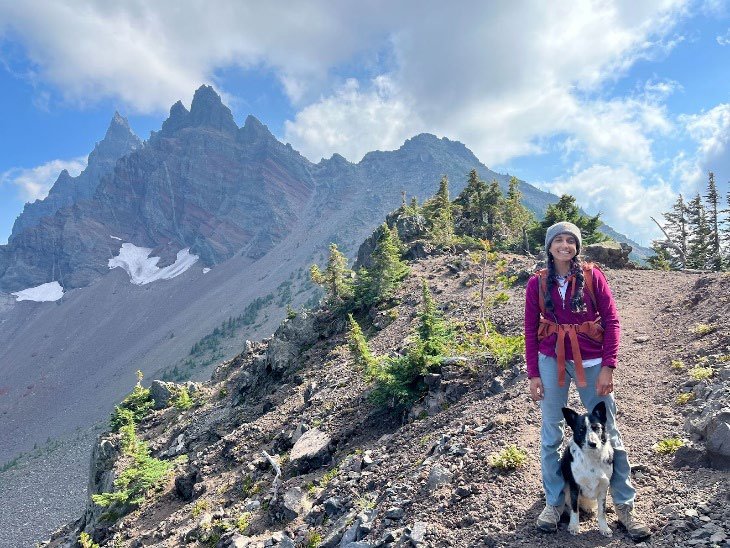Malheur Field Station GEOLOGY FIELD STUDY
Led by Michael Cummings
3 Night program. Check in Sept 22 anytime, check out Sept 25 after breakfast. Program, meals and lodging included in price of $550 per person. Breakfast served at 7:30am, pack away lunch for the field, Dinner served at 6pm. Lunch out in the field. There are various bathroom stops along the way.
Explore the geology of Harney County. Learn about the Steens Mt. and geothermal activity in South Eastern Oregon desert.
Arrive: Sept 22, 2022 Thursday.
Arrive anytime, unpack into E-Dorm. Meet at Malcolm Hall in the AV room at 5pm
Evening session at the station
Dinner at 6pm in Dining Hall
Introduction to the geology of SE Oregon
Day 1: Sept 23 Friday NORTH OF BURNS ON HWY 395
Breakfast at 7:30 am in Dining Hall at MFS – depart for field trip to:
Accreted terrains and evolution of western margin of North American during the Mesozoic
Dinner Creek Welded Tuff (16million) and its local relation to older rocks (Silvies River valley)
Divine Canyon Welded Tuff (9.7 million) and the younger westward trend of rhyolites
Prater Creek Welded Tuff (8.0 million) and the newly discover caldera source west of Hines
Rattlesnake Welded Tuff (7.0 million) and characteristics of zones in welded tuffs
Dinner at 6pm in Dining Hall at MFS
Evening session: Columbia River Basalt Group (CRGB) and its relation to rhyolite centers in Eastern Oregon. Newly defined extent of the Picture Gorge Basalt, a member of the CRBG.
Day 2: Sept 24 Saturday CIRCUMNAVIGATION OF STEENS MOUNTAIN
Breakfast served at 7:30am in Dining Hall at MFS – depart for field trip to:
Explosion structures in Steens Mountain Basalt flows near the crest of Steens Mountain
Steen Mountain front and active faults
Mickey Springs – silica sinter deposits formed between about 30,000 and 18,000 years ago
Hot spring ecosystems
Pluvial Lake Alvord and shoreline features
Borax Lake – construction of a biomorphic mound and silica sinter from hot spring activity
Dinner served at 6pm in Dining Hall at MFS
Evening session: Brief wrap up of what we’ve seen
September 25 Sunday , Check out after breakfast end of program
For more information, contact
Rose Garacci, Station Manager
The Great Basin Society, Inc., dba Malheur Field Station
34848 Sodhouse Lane
Princeton, OR 97721
541-493-2629
malheurfieldstation@gmail.com






